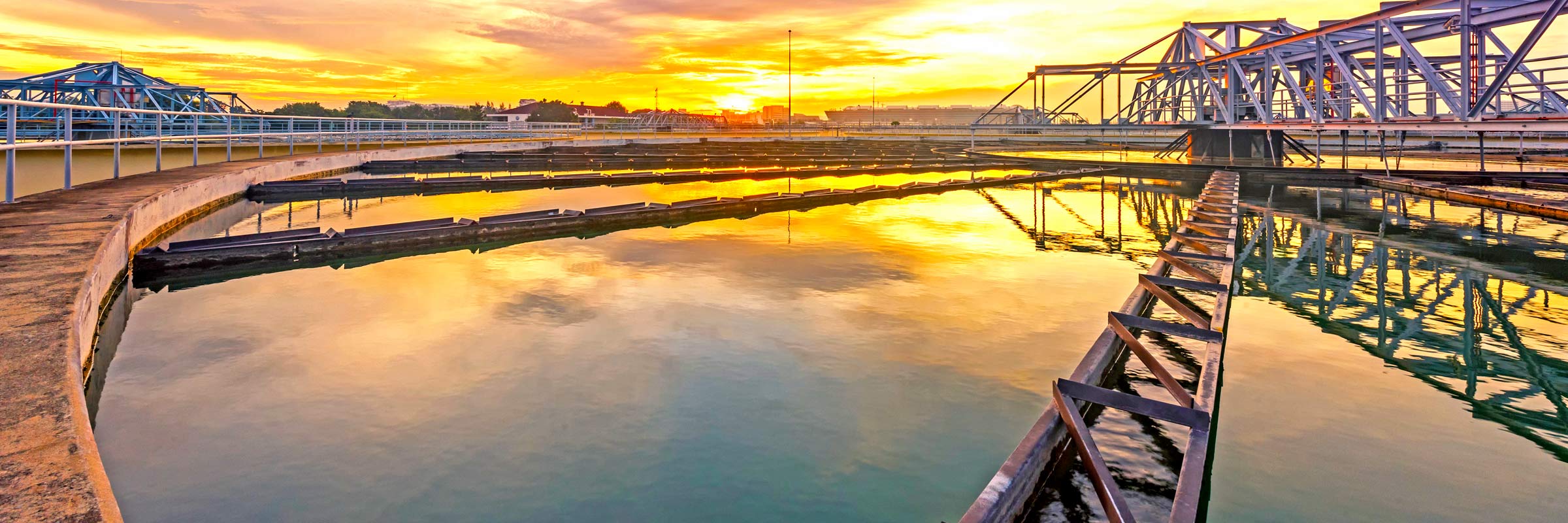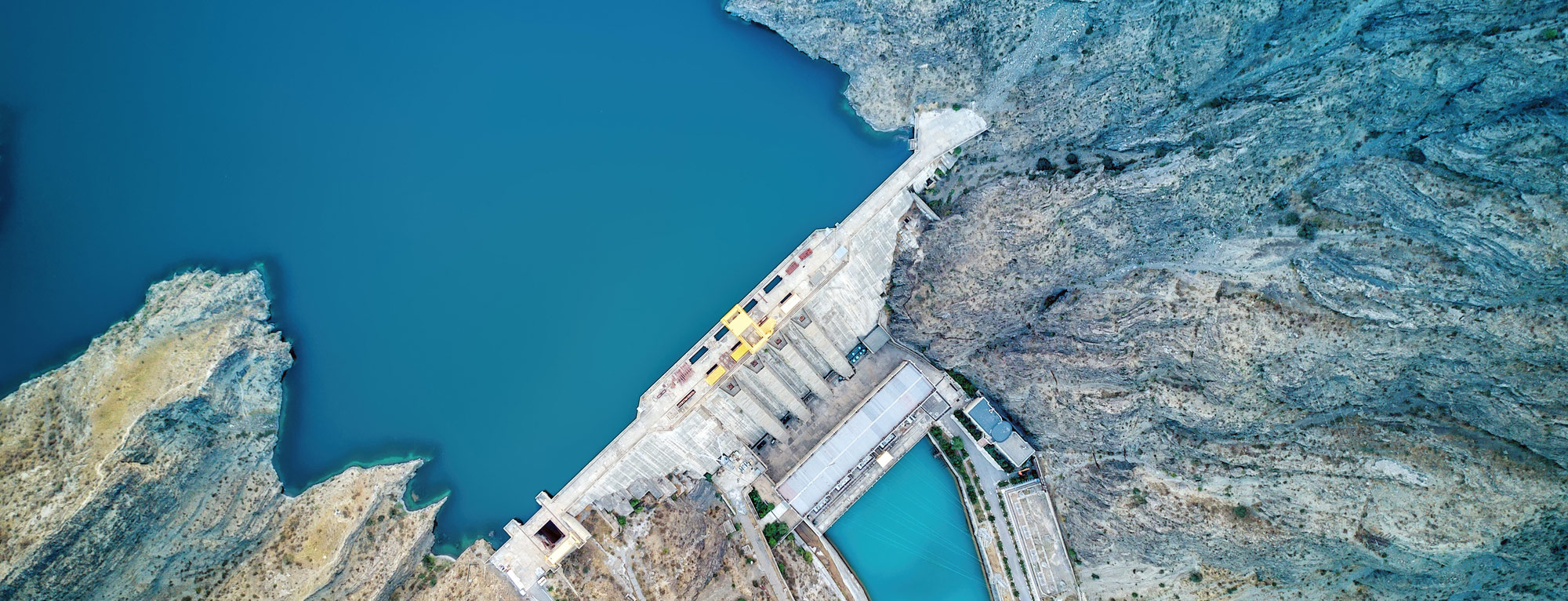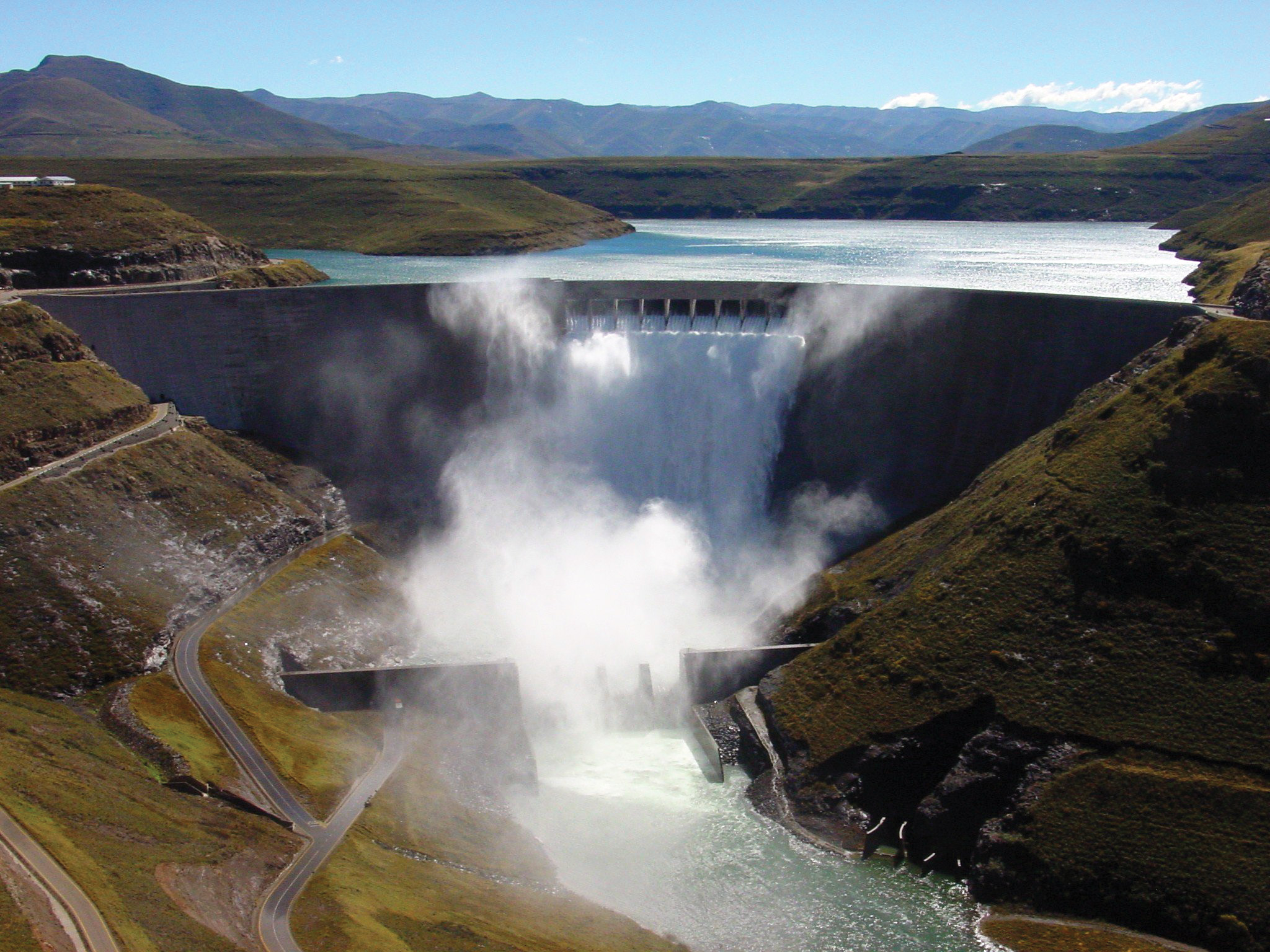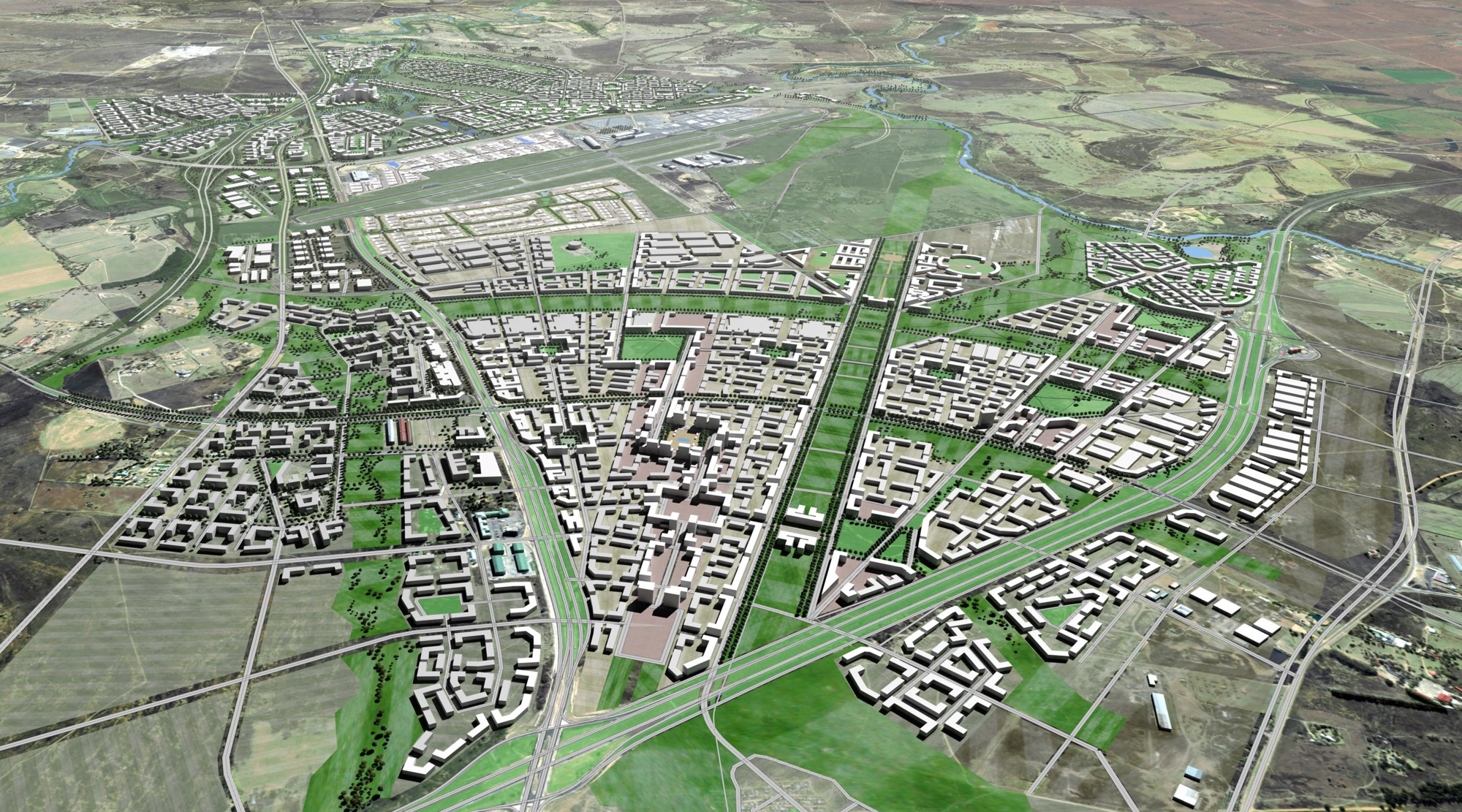The concept of a circular economy challenges the traditionally linear take-make-use-dispose behaviour on which our society is built, and envisions an economy based on regeneration, reuse and repurposing the resources we have. The water industry is increasingly adopting an integrated approach that aims to optimise the assets, improve catchment health and deliver better value for customers, but what is next?
One area which is still evolving is potable water — that is, water treated to drinking quality, being used by industry and manufacturing in situations where non-potable water would be suitable. Non-potable water is a massive resource in Australia which is generally underutilised and often literally going to waste, by being diverted to stormwater or sewage treatment plants and ultimately released into the environment.
This water is a vital part of developing a more resilient future and can be sourced from grey water harvesting, rainwater capture, from water exported from sewage treatment plants and a range of other sources (such as harvesting humidity). It presents a significant opportunity to protect our drinking water supply whilst also supporting economic growth and the environment.
A collective action plan
A collective, multi-pronged approach is required to develop a circular economy for water, to utilise potable water more effectively and efficiently whilst also better utilising existing and new non-potable water sources. There is a need to define the spectrum of water quality requirements for different activities and their likely demands, for example using rainwater to water gardens, top up swimming pools, suppress dust on construction sites and wash vehicles. These solutions are achievable, by constructing simple community or district rainwater collection points to enable greater accessibility to this type of water supply.
An action plan for connecting the water sources with the water users is needed. Such a plan would focus on:
- The non-potable water sources available, for example water discharged from sewage treatment plants used in irrigation schemes, and where that water could be best utilised to replace potable water in the first instance.
- Sources of non-potable water that could be harnessed with minimal difficulty (rainwater, for instance) and replace potable sources nearby. As an example, local government requirements for new developments with roof/stormwater drainage volumes over a certain amount to include a rainwater tank with the water used on-site.
- Identifying the highest water uses where potable water can be replaced and manage the implementation of the replacement measures.
The above approach recognises that potable water redundancy would likely be required in the transition period, but the journey towards change would have been started.
A collective, multi-pronged approach is required to develop a circular economy for water, to utilise potable water more effectively and efficiently whilst also better utilising existing and new non-potable water sources.
Legislation is only part of the solution
As with most water infrastructure, this requires a long-term view and commitment. Work has been done on quality requirements for reuse purposes for several decades now, and increasingly better supported by evidence. This process has, to some extent, reached a milestone with the final documents in the National Water Quality Management Strategy’s “Australian Guidelines for Water Recycling”, but legislation and planning does not always support advanced reuse.
Reuse tends to vary on a state-by-state basis – for instance, Class A reuse requirements in Victoria (which match Queensland’s Class A+) are well developed. Education of authorities and developers is reasonably progressed, but there is less support for onsite reuse options such as composting toilets.
Planning and legislation need to be revised to support a nationally consistent approach coupled with effective communication, training and support of all regulatory officers tasked with assessing applications, as well as educating developers and industry.
In addition, provision must be included for future changes, which may, for instance, allow households to generate electricity, compost, and reuse water of varying quality on-site, without needing to use delivery infrastructure.
Creating a water network more resilient to change
The obvious benefit to developing a circular economy for water in Australia is the development of a water network which is more resilient to change. By utilising our existing water supplies more efficiently we are creating a system which, at its core, values the water supplies and assets we already have.
Taking the concepts of a circular economy and applying them to the water industry is an opportunity to approach the required changes in a methodical and logical way. This could include prioritisation of planned investment from linear infrastructure to more resilient circular systems, ranging from small local systems to large scale water reuse schemes.
This shift in perspective is vital, we need access to safe, secure drinking water – without it, our civilisations would not be able to exist, let alone grow. As populations continue to multiple and water supplies continue to become uncertain and decrease, water security and resilience will continue to generate national and global conversation and focused actions.
A version of this article originally appeared in WaterSource, the Australian Water Association’s online information hub for the water sector.









